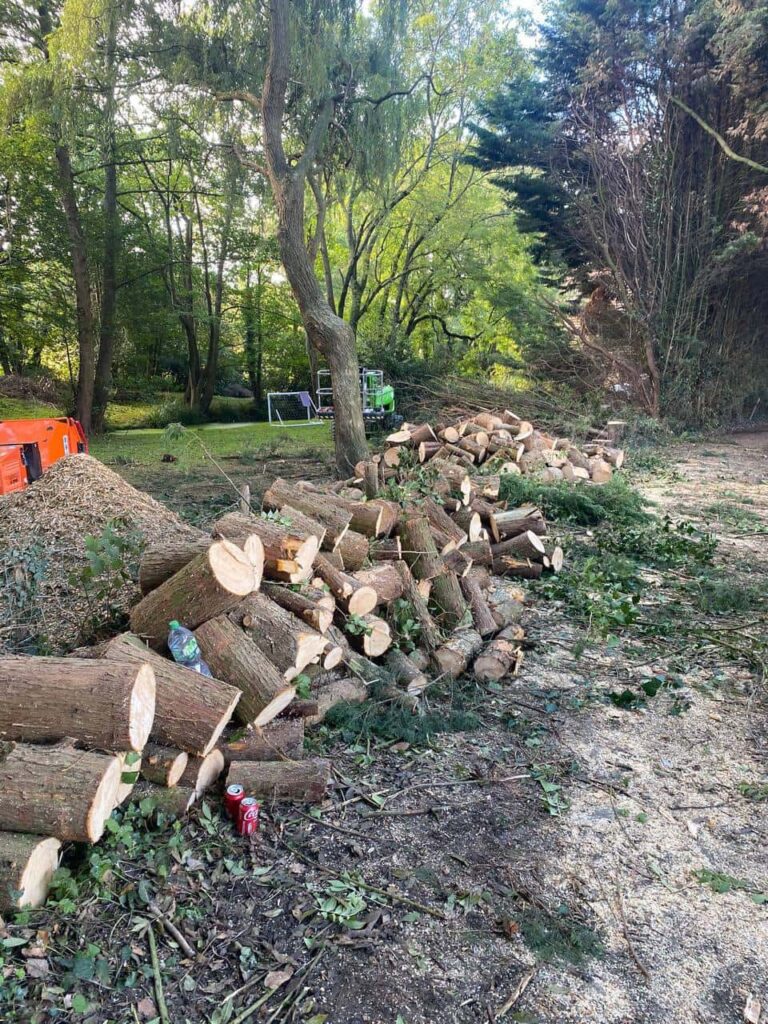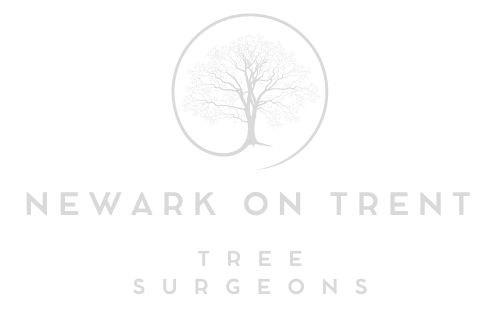The Environmental Impact of Stump Removal
Introduction: As responsible stewards of our environment, we must consider the ecological consequences of our actions. While tree removal and stump removal are sometimes necessary for safety and aesthetics, it’s crucial to understand the environmental impact of stump removal. In this blog post, we’ll explore the effects of stump removal on the environment and discuss eco-friendly alternatives for conscious homeowners.
- Soil Disturbance
Erosion Risk:
Stump removal can disrupt the soil around the site, leading to increased erosion. The loss of stabilising tree roots and the disturbance caused during stump removal can contribute to soil erosion, negatively affecting nearby water bodies and landscapes.
Mitigation:
Consider implementing erosion control measures such as planting cover crops or installing erosion control blankets in areas where stumps are removed. These measures help stabilise the soil and reduce erosion risks.
2. Microbial Balance
Soil Microbes:
Tree stumps host a variety of beneficial soil microorganisms. Their removal can disrupt the microbial balance in the soil, potentially impacting nutrient cycling and soil health.
Mitigation:
To minimise this impact, consider adding organic matter or compost to the soil after stump removal. This can help replenish beneficial microorganisms and improve soil fertility.
3. Habitat Loss
Wildlife Habitats:
Tree stumps serve as valuable habitats for various wildlife species. Insects, fungi, and small animals often make stumps in their homes. Removing stumps can disrupt these ecosystems.
Mitigation:
Leave some stumps in less prominent areas of your yard to provide habitat for wildlife. Alternatively, create artificial wildlife habitats nearby to compensate for the loss of natural ones.
4. Carbon Sequestration
Carbon Storage:
Trees store carbon dioxide, a greenhouse gas, in their wood. When trees are removed, and stumps are ground or removed, this carbon is released back into the atmosphere.
Mitigation:
Consider planting new trees in place of those removed. Young trees actively absorb carbon dioxide and contribute to carbon sequestration, helping to offset the carbon emissions from stump removal.
5. Chemical Usage
Chemical Stump Removal:
Some chemical stump removal methods involve using chemicals that may harm the environment. These chemicals can leach into the soil, affecting nearby vegetation and water sources.
Mitigation:
Opt for environmentally friendly stump removal techniques such as manual removal, which doesn’t involve chemicals. If chemical methods are necessary, follow recommended guidelines and choose biodegradable products.
6. Responsible Disposal
Wood Waste:
Proper disposal of wood waste from stump removal is crucial. Incorrect disposal methods, such as burning or dumping in landfills, can have detrimental environmental impacts.
Mitigation:
Work with a tree service company that responsibly disposes of wood waste through recycling or repurposing. Some companies even offer to turn wood waste into mulch or other usable products.
Conclusion: While stump removal is sometimes necessary, it’s essential to be mindful of the environmental impact it can have. Homeowners can mitigate the negative effects of stump removal by taking proactive measures, such as implementing erosion control, replenishing soil microbes, and providing alternative habitats for wildlife. Additionally, choosing eco-friendly stump removal methods and responsible wood waste disposal can minimise the environmental footprint of this necessary task. Ultimately, a balanced approach ensures that your yard remains beautiful while respecting the delicate balance of nature.
Call us on: 01636 556 296
Click here to find out more about Newark on Trent Tree Surgeons
Click here to complete our contact form and see how we can help with your tree’s needs.

